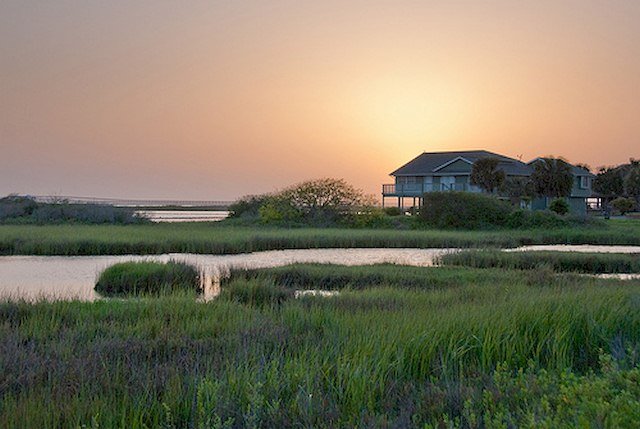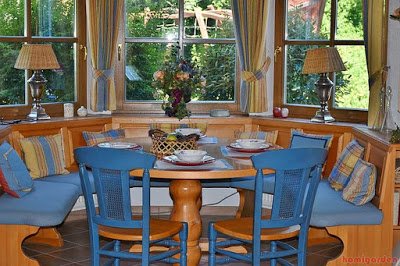Table of Contents Show
Strategies for Building a Green Home — You can take numerous steps to live a more environmentally friendly life, including ways you can build a greener home.
5 Strategies for Building a Green Home
Best of all, building an Eco-friendly home not only helps the environment, it can also help you save money. Consider these top strategies for building a greener home.

Image via Flickr by S.A. Street Photographer
Look at Home Orientation
While realtors always promote the location of a home in regards to the neighborhood, you should also think about which direction your home faces. Different regional climates will dictate the best orientation for your home.
For example, if you live in an area that has a lot of cold and dark winter days, you want your home to face south so you can get as much natural heat from the sun as possible. On the other hand, if you live in a warm area and want to keep the heat from the hot summer sun out as much as possible, you want your home to face north.
Install Proper Insulation
Installing the right insulation in your home is one of the most important things you can do for energy efficiency. While the average American pays around $2,000 every year for energy, between $200 and $400 of that goes to waste because of air leaks and drafts.
As you’re building your home, make sure you properly seal all the ductwork and the gaps around windows and doors. You can also consider installing reflective insulation, which has a reflective material on one side that bounces the sun’s radiation away from your home.
Use Sustainable Building Materials
If you’re trying to build a green home, using sustainable building materials whenever possible should be a priority. If you have wood as part of your building design, consider using reclaimed lumber or bamboo, which grows very fast and is easy to replant. You can also find insulation made from sheep’s wool or recycled newspapers and cardboard, which are Eco-friendly and superior alternatives to chemical insulation.
Read Also:
Add Home Automation Systems
You can add home automation systems when you’re building your house to keep your energy costs down. For example, to help with your heating and cooling costs, consider a smart thermostat that helps your HVAC system run more efficiently.
These units can run diagnostic tests to make sure your system is running in top shape. You can even change temperature settings remotely from your smartphone if you forget to adjust them before you leave your house.
Plant a Low-Impact Lawn
From fossil fuels that power lawn mowers to fertilizers that grow grass, the typical yard is not very environmentally friendly. However, by replacing expansive patches of grass with small beds of native trees and flowers, you can reduce water and fertilizer needs and switch from a gas-powered mower to a manual or electric one. Strategically placing the trees can also offer shade to help keep your home cool.
From building materials to home orientation, when you’re building or upgrading your home, keep these tips and strategies in mind to live a more Eco-friendly life.









